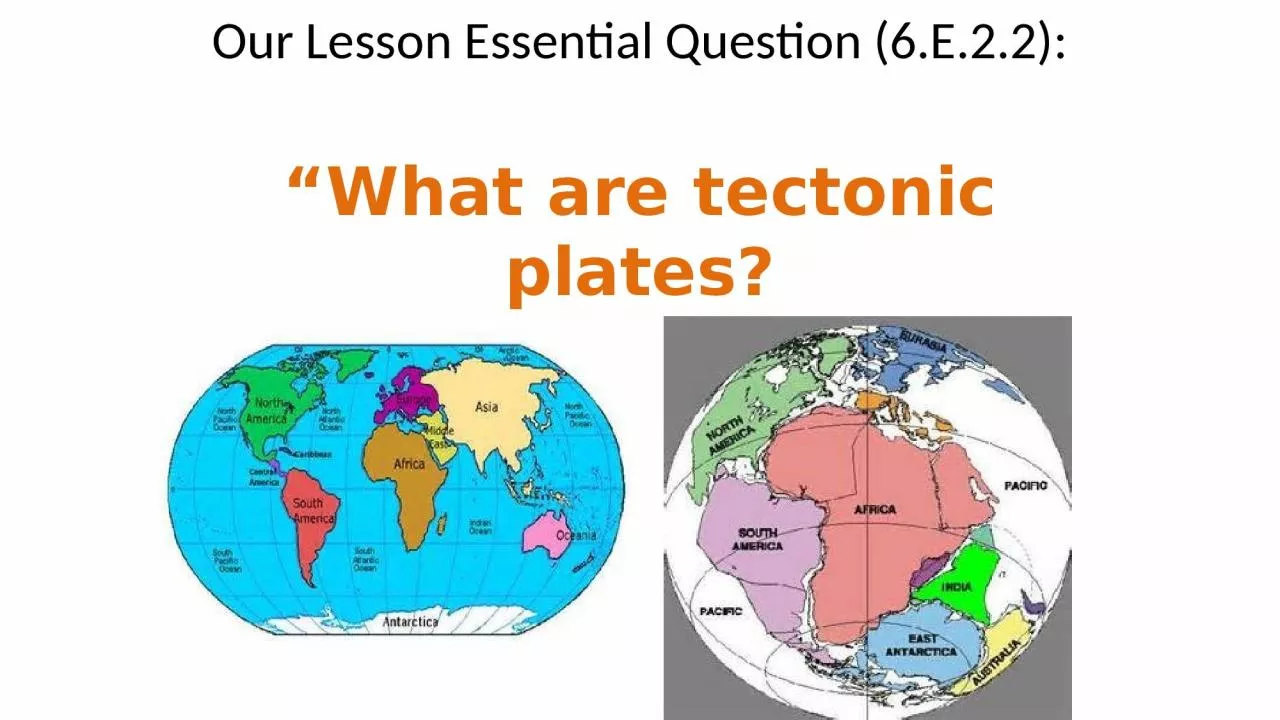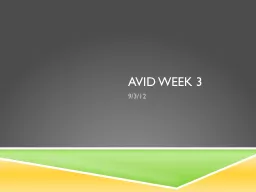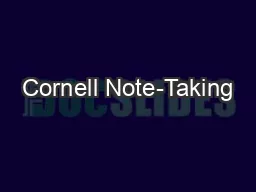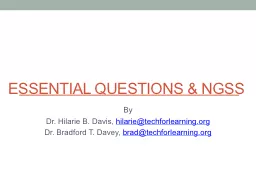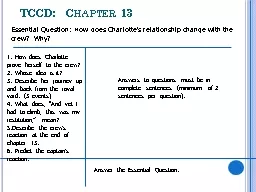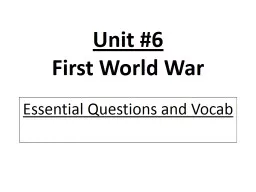PPT-Our Lesson Essential Question (6.E.2.2):
Author : callie | Published Date : 2023-10-04
What are tectonic plates Classifying the Layers There are two ways to classify the layers of the Earth Compositional Chemical classifies based on chemical properties
Presentation Embed Code
Download Presentation
Download Presentation The PPT/PDF document "Our Lesson Essential Question (6.E.2.2):" is the property of its rightful owner. Permission is granted to download and print the materials on this website for personal, non-commercial use only, and to display it on your personal computer provided you do not modify the materials and that you retain all copyright notices contained in the materials. By downloading content from our website, you accept the terms of this agreement.
Our Lesson Essential Question (6.E.2.2):: Transcript
Download Rules Of Document
"Our Lesson Essential Question (6.E.2.2):"The content belongs to its owner. You may download and print it for personal use, without modification, and keep all copyright notices. By downloading, you agree to these terms.
Related Documents

